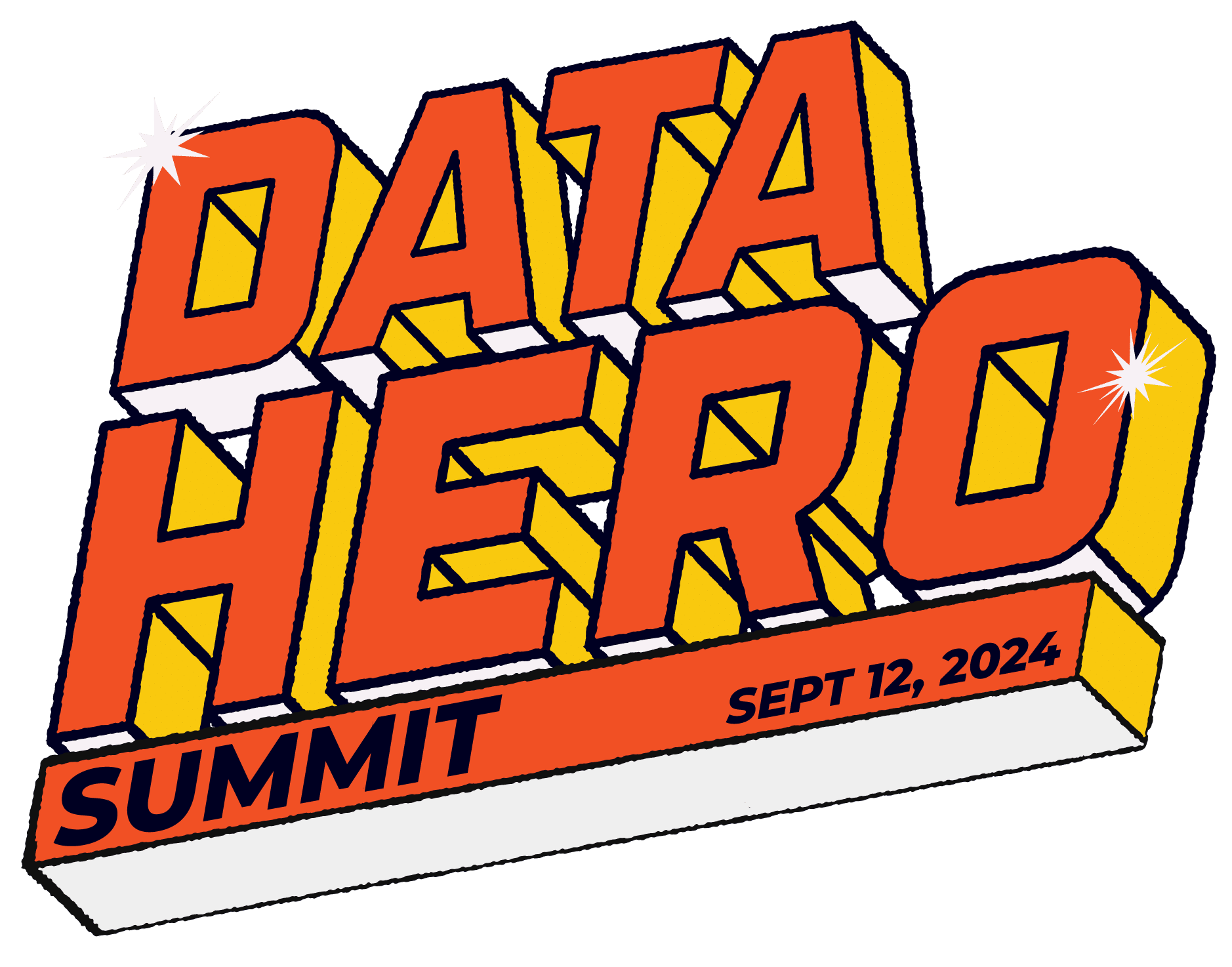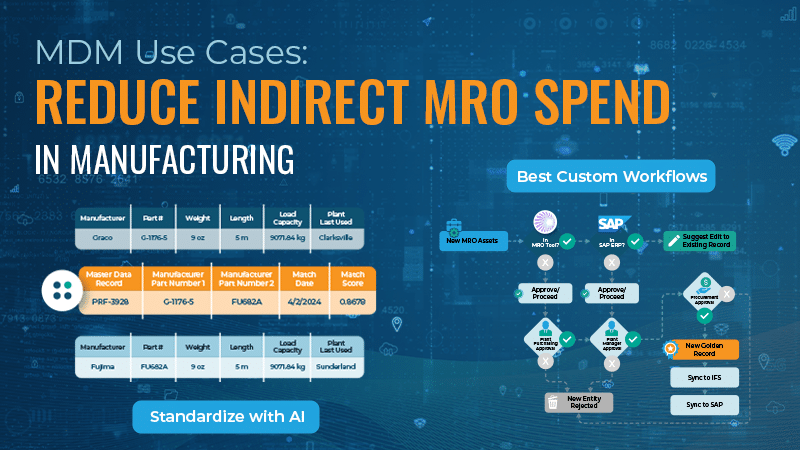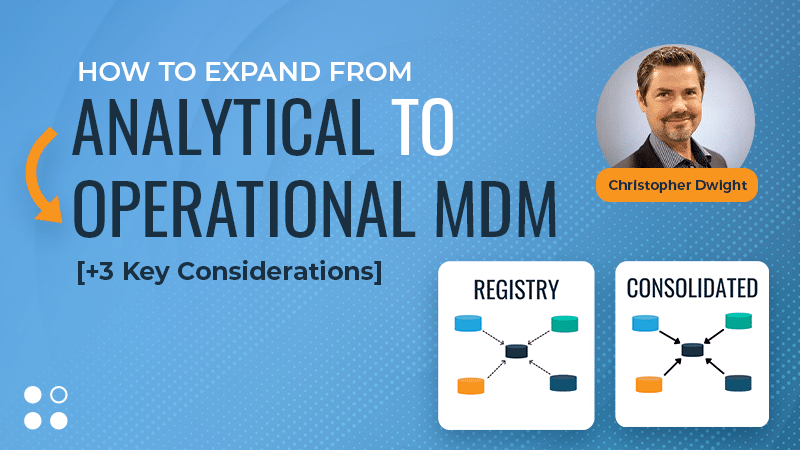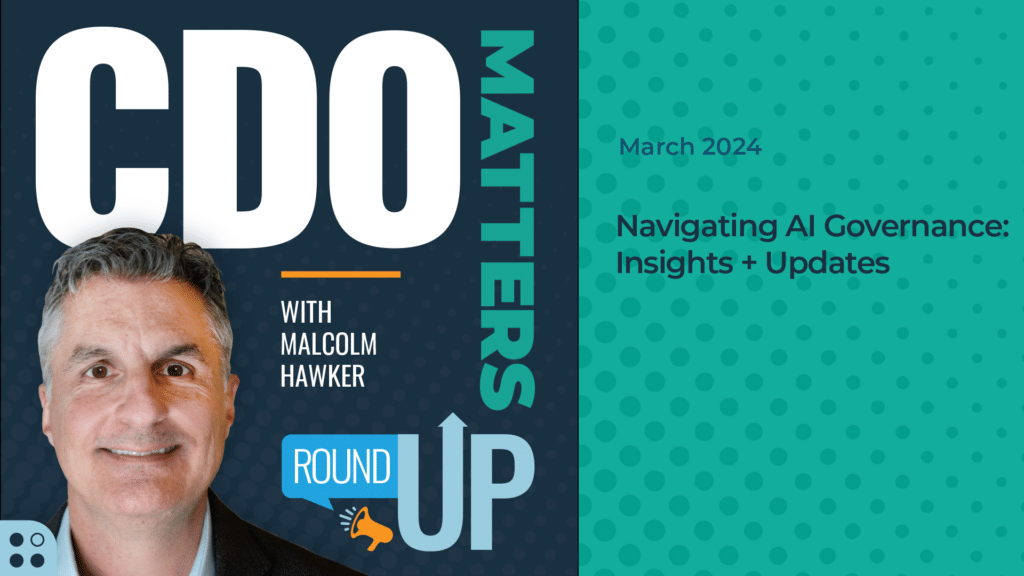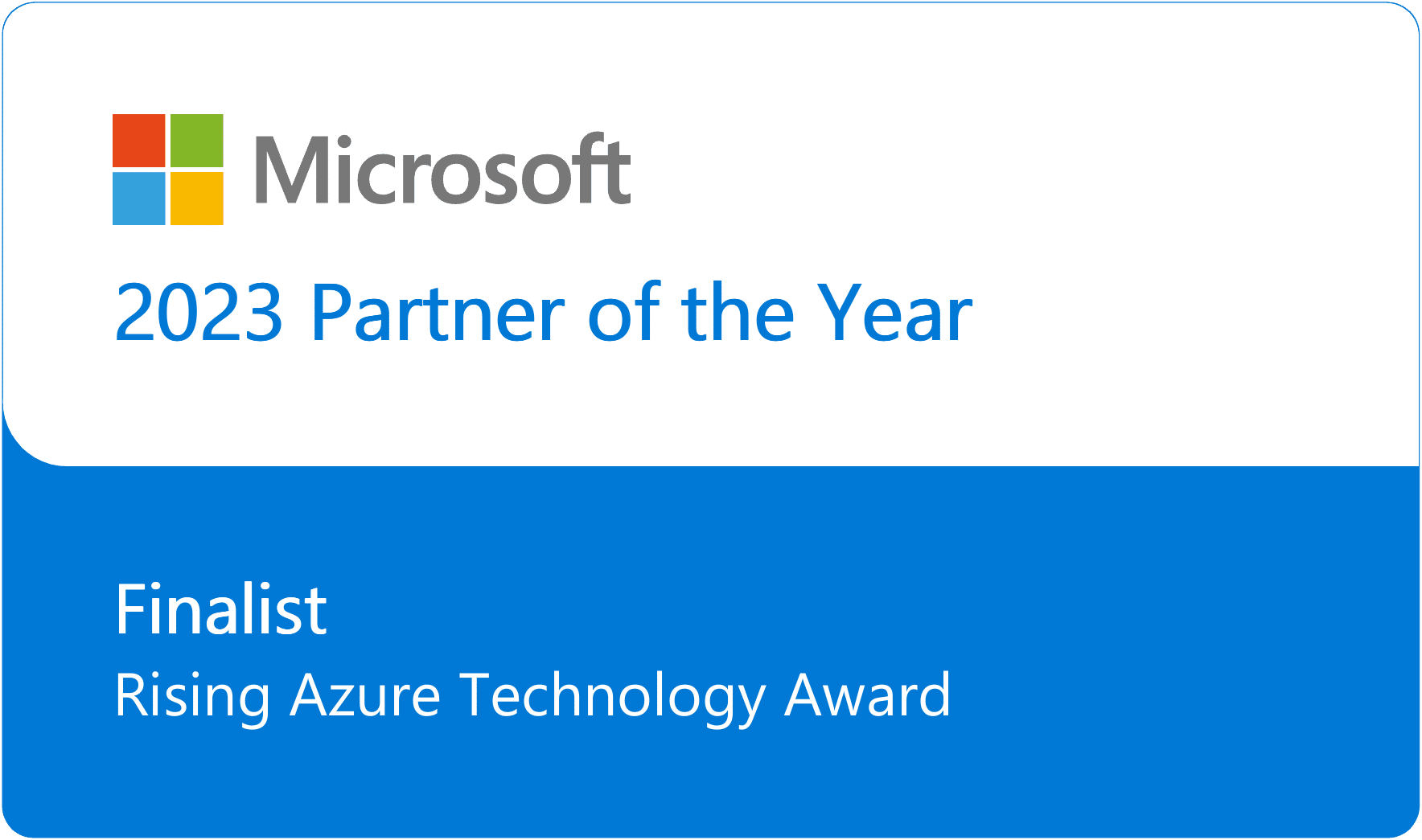Table of Contents
Managing enterprise data is a key responsibility for today’s CIO because there is so much of it in so many formats.
They need to understand how to deliver this wide range of data in ways that don’t require technical understanding. The discipline required to undertake the process of delivering a consolidated view makes the CIO the ultimate driver of any initiative to deliver usable enterprise data that can be relied upon for accuracy, consistency, and currency.
Here are the issues the CIO needs to consider as they put together their plan to deliver a consolidated view of enterprise data.
Profile the data
Your data store is on its way to millions or billions of records in size. It’s critical that you understand the nature of the data you’re storing. Data accumulated for one purpose can be used in many other ways. It’s up to the CIO to catalog the enterprise data with an eye toward applying it to additional applications.
Match and de-duplicate
Data may originate from multiple applications at different times but still contain the same information. Matching data across domains can reveal new patterns in usage, and de-duplication reduces redundant records to make storage and analysis more efficient. CIOs should build these processes into their ongoing data management to build a clear and consolidated view of the enterprise data they are accumulating.
Standardize
Line of business executives understand their own business processes and the applications they use but it’s up to the CIO to develop standardization between systems to enable collaboration between applications. The CIO is in the best position to develop a common set of terms and promote the understanding of similarities and differences across the enterprise.
Parse
The language of data is getting more complex as different forms of media are incorporated into business. The CIO is positioned to understand the applications that generate and consume the different formats and direct efforts to parse the various formats so they can be integrated and used to advance business goals.
Enrich
User registration that collects name and email address for a mailing list lets the company send email but doesn’t give detailed information about the person. CIOs can employ services that will enrich the existing data by appending information from other sources to develop more complete profiles that can help the company better target their audience and deliver more appropriate services.
Validate
Applications generally produce valid data but in the evolving world of unstructured data not generated by transactional applications, the assumption that data is ‘clean’ can’t be relied upon. The CIO needs to direct efforts to identify data sources, the types of data they collect, and what each application considers to be valid data. Monitor Results from analytics and other reporting activities can easily be invalidated if the data is inappropriate or simply inaccurate. CIO’s need to establish data monitoring tools to proactively review and evaluate the data they house. Ease the tasks by establishing dashboards and alerts and assign staff to resolve issues quickly.
The Principles
Delivering on these requirements means developing and applying rational master data management principles, and the CIO is the only person in the enterprise with the authority and understanding to shepherd the process.
Don’t Forget: Having the responsibility doesn’t automatically imbue the CIO with the tools and inherent ability to deliver. What’s needed in addition to the understanding of the categories above is a complete set of tools that enable the execution and monitoring of each.
That set of tools needs to be robust and integrated. Look for these attributes as indicators of a well-developed tool set.
- Data modeling that is flexible enough to incorporate all forms of data that exist within the enterprise.
- Architecture that’s adaptable and scalable, and based on solid and reliable hosting infrastructure.
- Role based security that allows for simplified management of staff as duties change.
Overall CIOs need to promote the need for a consolidated view of enterprise data by describing its benefits as well as the consequences of neglecting the ongoing effort. Business units need a clear understanding of how they can make better use of their data through a consolidated and validated view to enhance their own business goals, and the CIO is in the right position to bring this effort to the forefront.

Forrest Brown
Forrest Brown is the Content Marketing Manager at Profisee and has been writing about B2B tech for eight years, spanning software categories like project management, enterprise resource planning (ERP) and now master data management (MDM). When he's not at work, Forrest enjoys playing music, writing and exploring the Atlanta food scene.




